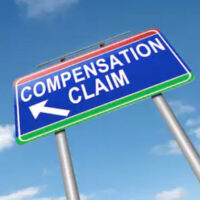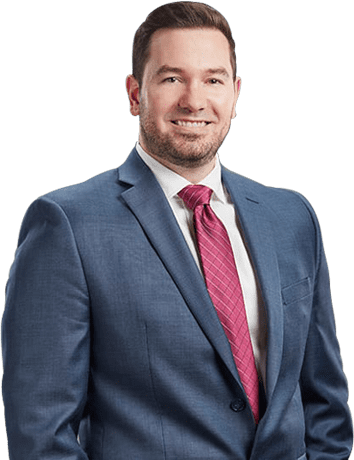The Workers’ Comp Claims Process Explained

In the early 1900s, a string of workplace disasters, like the Triangle Shirtwaist Factory fire in 1911, drew attention to the plight of people who worked in dangerous factories.
Over a hundred workers died in the TFF fire, most from smoke inhalation or because they jumped to their deaths. The factory’s doors were locked and it had no sprinkler system. Faced with so much adverse publicity, management caved in and created a no-fault compensation system for injured workers.
Now, in the early 2000s, that system is no longer effective. Years of insurance premium declines have drained money from the system, and the system itself is now dominated by insurance company interests. So, injured workers now need a Carlsbad workers’ compensation attorney to obtain a fair-sized piece of a shrinking financial pie.
Notification
The claims process usually begins when injured workers deliver injury notifications to their supervisors. The notice period depends on the policy, but it’s usually about ten days.
Compliance with this notice requirement usually isn’t a problem in trauma injury cases. After a fall, car crash, or other such injury, most victims immediately see doctors and provide notice.
However, in an occupational disease claim, like hearing loss, the requirement may be an issue. Most injured victims don’t immediately see doctors. By the time they seek medical help and doctors diagnose their injuries, the claims notification deadline has passed.
The delayed discovery rule protects these victims. Under California law, work injury victims must file claims when they know the full extent of their injuries and when they link those injuries with a dangerous workplace condition.
Initial Review
Generally, Claims Examiners reject job injury claims after a cursory, one-sided review. So, victims shouldn’t give up when things don’t go their way.
Claims Examiners usually only review recent medical records which, in many cases, were provided by a company doctor. They don’t delve deeper and consider the victim’s medical history.
Perhaps more significantly, they don’t consider non-medical evidence of disability. Jesse’s girl cannot testify about the work injury, but she can give insight into how that injury affects Jesse on a day-to-day basis. More on that below.
Furthermore, most job injury victims don’t have legal advocates at this stage. Even if they are working with a San Marcos personal injury lawyer, initial reviews are paper reviews. Therefore, attorneys have limited roles.
Appeal
The Administrative Law Judge appeal stage, which is usually the final stage in a workers’ compensation claim, starts well before the ALJ asks for opening statements.
Attorneys use not only recent medical evidence. They reach back and present additional medical evidence the Claims Examiner probably ignored. Also as mentioned, they use non-medical evidence to shore up their cases. Expert testimony, frequently from an independent doctor, also comes into play.
The stronger a claim gets, the more likely it is that an insurance company lawyer will back down during settlement negotiations. These settlements usually include lost wage replacement cash and payment of all reasonably necessary medical expenses.
Sometimes, these claims move forward to the ALJ hearing itself. These hearings resemble trials in most ways. Attorneys can introduce evidence, challenge evidence, and make legal arguments. So, the likelihood of success at an ALJ hearing is high.
Contact a Savvy San Diego County Lawyer
Injury victims are entitled to substantial compensation. For a confidential consultation with an experienced personal injury lawyer in San Marcos, contact the Pursley Law Firm. Virtual, home, and hospital visits are available.
Source:
osha.gov/aboutosha/40-years/trianglefactoryfire

